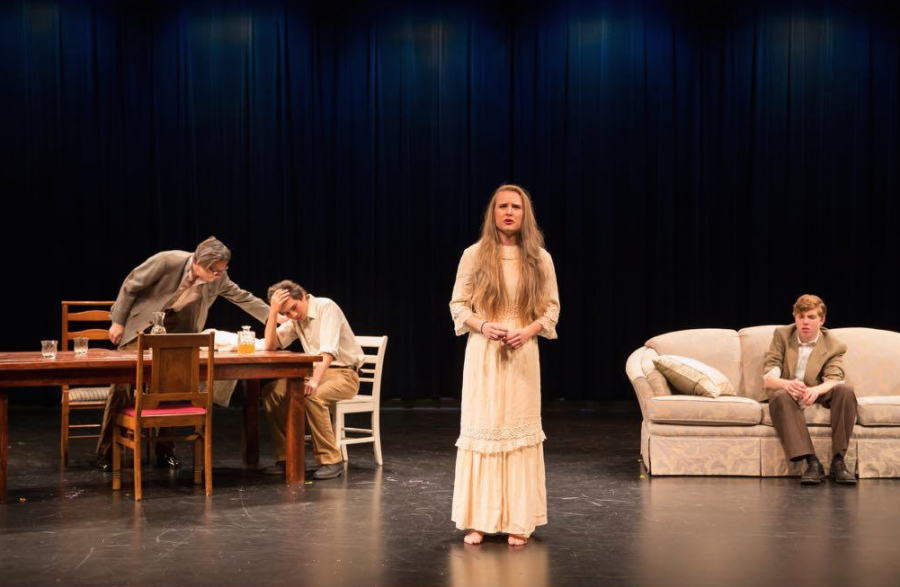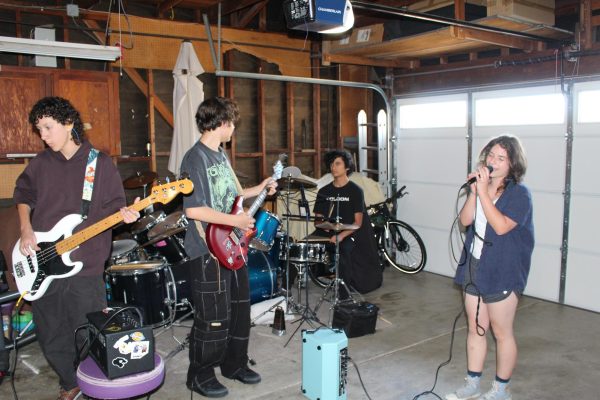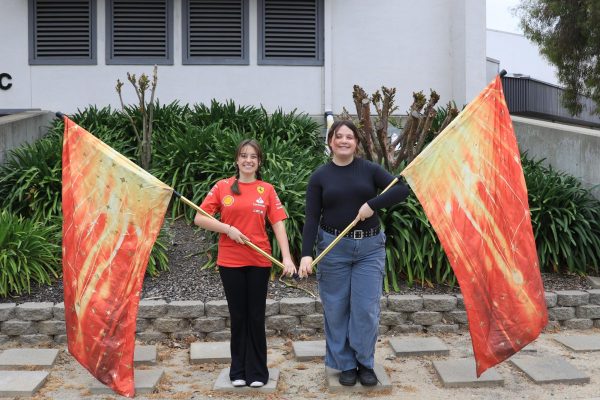A long, arduous journey into the art of directing
When I was chosen as the director for Play Production, I was given the task to choose a play to direct, and ultimately take that play to a statewide theatre festival in Folsom called the Lenaea Festival.
For me, the choice was obvious.
I chose the only play that gets better every time I see it: “Long Day’s Journey Into Night” by Nobel-prize winning playwright Eugene O’Neill.
O’Neill’s autobiographical masterpiece has been my favorite ever since I spent a summer at his home in Danville, where he wrote it more than 70 years ago.
The play chronicles the fictional Tyrone family in a single day in their Connecticut home during the summer of 1912. The family seems like any other, but that is only a mask they all wear to deceive the casual onlooker.
Through this window into the Tyrone household, we learn that James Tyrone, the rich and wildly successful Broadway actor, refuses to pay for decent treatment for his wife, Mary, who is afflicted with a morphine addiction, and his son, Edmund, who is dying of tuberculosis.
All of the characters use something to escape this reality and lose themselves in a peaceful “night” – Mary Tyrone with her morphine, James Tyrone and James Tyrone Jr., with their drinking, and Edmund Tyrone with his books.
Writing was O’Neill’s escape, for Edmund Tyrone was the young Eugene O’Neill in the summer of 1912.
After cutting down the four-hour play to 45 minutes, it was time to cast the show.
This was difficult work, as the most talented actors I have ever met, looking for a part, soon overwhelmed me.
But I soon found each of the Tyrones. Then came the time to create.
Just as a painter must make each stroke of his brush deliberately and carefully, so too must a director. And so, I jammed my brush into the paint and began striking the canvas. The picture was ugly and it insisted upon itself, making it all the uglier.
So I took a new approach. I allowed nature to work for me. I helped my actors climb into the skin of each of the Tyrones and simply said, “Do whatever feels natural.” And so they did.
What we were left with was a window into the home of the haunted Tyrones. I sat there at each rehearsal, watching the family fall apart time and time again. O’Neill’s suffering was felt deeply by all of us. It was as if each time I watched the play, I heard O’Neill’s soft “I forgive you” leave his lips each time the lights went down.
The only appropriate way to describe the feeling of directing to one who has never had done so is as an out-of-body experience.
Imagine standing on an empty sidewalk and peering through a window. You know this place. You have been here many times before.
You know all the inner workings and going-ons in this house, what is in every room and every corner, and finally you see yourself, a shadow cast upon the window.
This is the struggle of the artist. We are afraid of our own shadows.




